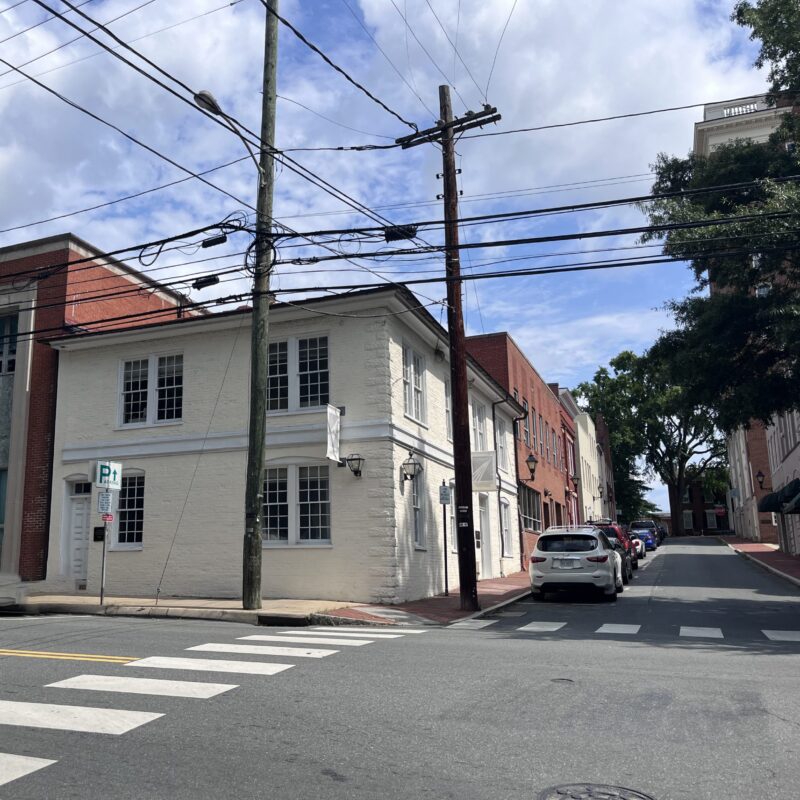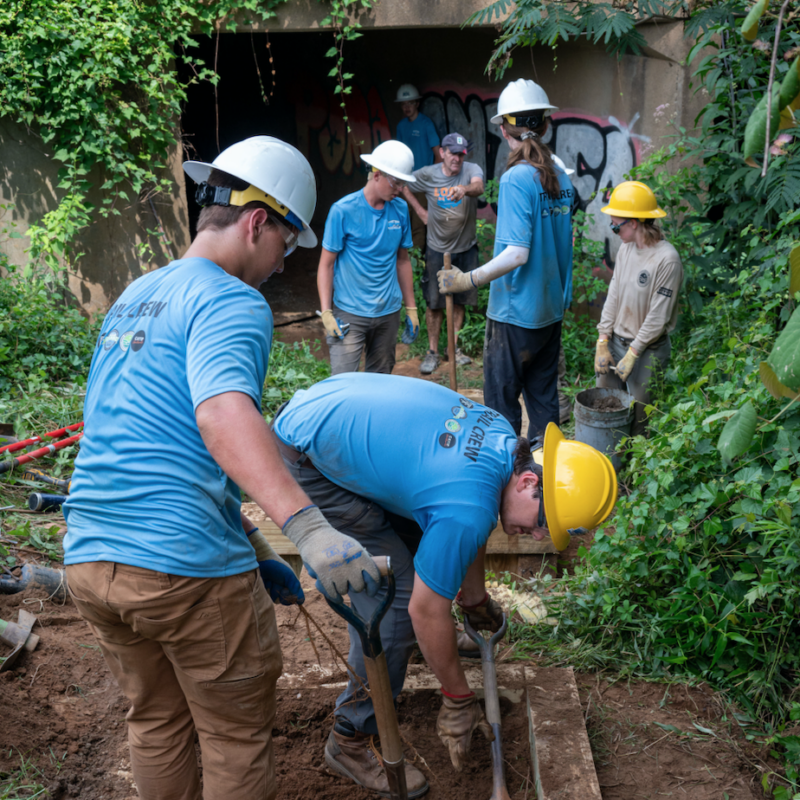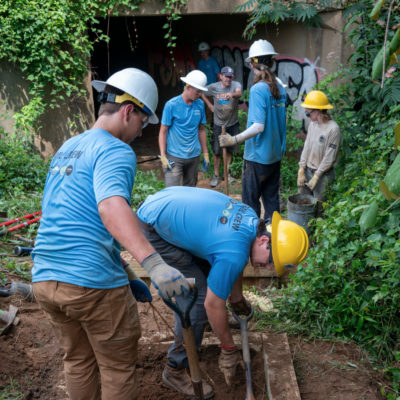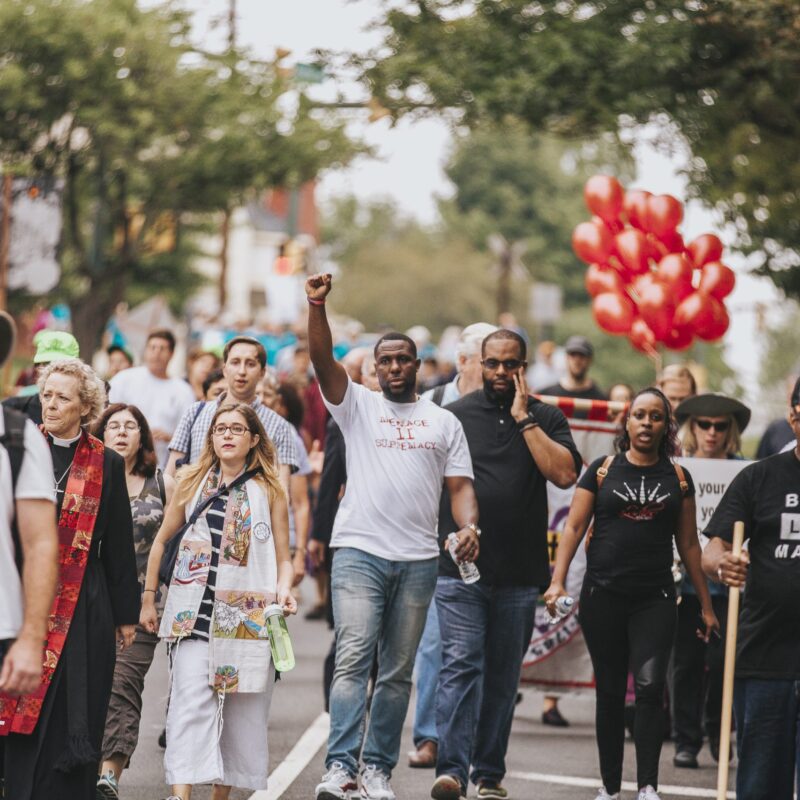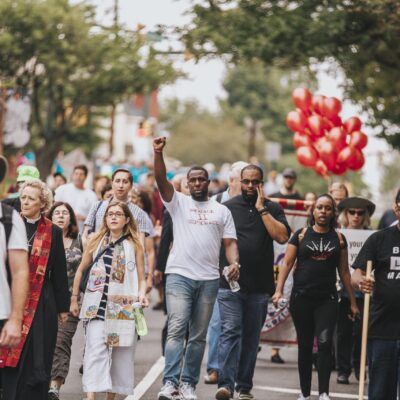Roughly a hundred or so people mill around in the Charlottesville City Council chambers Thursday night, finding seats, waiting for the Gang Awareness and Education Town Hall Meeting to begin. A suite of classical music plays softly over the sound system. It will serve as a starting point in the abrupt switch to the images that soon played on the large video screen.
"What you will see tonight," says Charlottesville Police Chief Tim Longo, "will no doubt disturb you."
The dais lights dim and a PowerPoint presentation on gangs in the community begins. Images flash by as Detective Todd Lucas of the Charlottesville Police Department offers an exegesis. Slides of gang graffiti—all of it in Charlottesville and Albemarle County. Seemingly endless shots of tattoos. All of them unthreatening to the uninitiated eye—until Lucas breaks them down.

Detective Todd Lucas interprets gang signs, tattoos and "walks" to a packed audience alternately skeptical and outraged.
|
Seemingly random lines drawn through other graffiti on the Downtown Freedom Wall, on closer inspection, form a six-pointed star, the symbol of the Folk Nation. The Folk Nation is a national syndicate of smaller gangs, called sets, including the 6 Deuce Trey Gangsters and the Insane Gangster Crips. Both sets are local to Charlottesville, according to area police.
The images continue, and so does Lucas’s narration. Some of his information sounds so ludicrous that it draws chuckles. A member of the United Blood Nation, a rival of the Crips, might refuse to eat a donut. Taking the first bite turns it into a "C." But when the presentation goes multimedia, the room’s mood quickly turns.
Footage of a "Blood Walk" rolls. In it, a man head-to-toe in red, face and head covered by red bandanas, starts dancing. He is all ankles and knees, gliding across the middle of a street, throwing his hand in the air. He touches his forefingers to his thumbs, forming a "b" with both hands. The video cuts back and forth between him and a large group of black men and women throwing gang signs.
The sound on the video isn’t working, so you can hear small gasps from some in the audience. "This," says Lucas, "is not what we want in Charlottesville."
The audience is almost split between older whites and slightly younger, middle-aged African Americans. After the presentation, the panel takes questions from the audience. And here begins a slight but noticeable split. A white man stands up from the back row and asks, apropos of exactly what is unclear, about the recent Downtown assaults. Longo fields his question with a smoothness that would make any PR rep envious.
"It troubles me that because of a very broad description—young, black males in white t-shirts—questions from the broader community about gangs require a lot of speculation that I’m not prepared to do," he says. Longo notes, though, that one of the juveniles arrested did associate himself with what he calls a "criminal street gang."
A few questions later, M. Rick Turner, the head of the Charlottesville NAACP, asks how police will avoid stereotyping African-American youth in schools. It’s something, Longo admits, that police will have to be cautious of.
C-VILLE welcomes news tips from readers. Send them to news@c-ville.com.
